

Articles
What Is Mini Split AC
Modified: October 20, 2024
Learn everything you need to know about mini split AC systems in our informative articles. Find tips, advice, and product reviews for all your cooling needs.
(Many of the links in this article redirect to a specific reviewed product. Your purchase of these products through affiliate links helps to generate commission for Storables.com, at no extra cost. Learn more)
Introduction
Welcome to the world of mini split air conditioning systems! If you’re considering upgrading your cooling system or looking for a solution to keep your home comfortable during hot summer months, mini split ACs might just be the perfect choice. In this article, we’ll explore what mini split ACs are, how they work, their advantages and disadvantages, installation process, maintenance requirements, and factors to consider when choosing one.
Mini split air conditioners have gained popularity in recent years due to their efficiency, versatility, and ease of installation. Unlike traditional central AC units, mini split systems do not require extensive ductwork. They consist of two main components—an outdoor compressor unit and one or more indoor air handlers. This setup allows for customizable cooling in different zones of your home, providing individual temperature control and energy savings.
Whether you live in a small apartment, a large house, or are looking for a solution to cool specific rooms like a home office or a garage, mini split ACs offer a flexible and efficient cooling solution. Now, let’s dive deeper into the world of mini split ACs and understand how they work.
Key Takeaways:
- Mini split AC systems offer zoned cooling, energy efficiency, and quiet operation, making them a popular alternative to traditional central AC. Consider factors like cooling capacity, noise level, and brand reputation when choosing a system.
- While mini split ACs provide personalized comfort and energy savings, it’s important to weigh their upfront cost, maintenance needs, and installation requirements. Consulting with a professional HVAC technician can help you make an informed decision.
Read also: 9 Amazing Mini Split AC System for 2025
What is a Mini Split AC?
A mini split AC, also known as a ductless air conditioning system, is a cooling system that does not require ductwork to distribute treated air throughout a building. It consists of an outdoor unit that houses the compressor and condenser, and one or more indoor units that deliver cool air directly into individual rooms or zones.
The indoor units of a mini split AC can be wall-mounted, ceiling-mounted, or even floor-mounted, depending on the layout and design of the space. They are connected to the outdoor unit by a small refrigerant line and electrical wiring. This setup allows for more flexibility in terms of installation compared to traditional central air conditioning systems.
One of the main advantages of a mini split AC is the ability to provide zoned cooling. With this system, you can set different temperatures for different rooms or zones, allowing for personalized comfort and energy efficiency. For example, you can set a lower temperature in the living room during the day while keeping the bedrooms slightly warmer. This targeted cooling helps reduce energy wastage and can significantly lower your utility bills.
Mini split ACs are also known for their quiet operation. The compressor and condenser units, which are typically the noisiest components in a traditional AC system, are located outside the building. This means that the indoor units produce minimal noise, making them ideal for bedrooms, offices, or any space where noise might be a concern.
Furthermore, mini split ACs offer the advantage of being easy to install. Without the need for ductwork, the installation process is less invasive and time-consuming. In many cases, it can be completed within a day or two, depending on the number of indoor units and the complexity of the installation.
Now that we understand what mini split ACs are, let’s take a closer look at how they work.
How Does a Mini Split AC Work?
A mini split AC works on the principle of refrigeration, similar to a traditional central AC system. However, the main difference lies in how the cold air is delivered to the different areas of your home.
1. Cooling Process: The cooling process begins with the outdoor unit. It houses the compressor and condenser, which are responsible for circulating the refrigerant, typically a substance called R-410A. The compressor pressurizes the refrigerant, causing it to become hot and highly pressurized.
2. Heat Exchange: The hot, pressurized refrigerant then travels through a series of coils in the outdoor unit. As it moves through these coils, it releases heat, causing the refrigerant to cool down and condense into a liquid state.
3. Refrigerant Flow: The cooled and condensed refrigerant is then sent through a small refrigerant line to the indoor unit. Here, it enters the evaporator coil, which is located within the indoor unit.
4. Evaporator Coil: The evaporator coil contains a fan that blows warm room air over the coil. As the warm air passes over the cold evaporator coil, heat is transferred from the air to the refrigerant, causing the refrigerant to evaporate into a gas state.
5. Air Distribution: Once the refrigerant has absorbed the heat from the room air, the now cold air is blown back into the room through the indoor unit’s vents. This process repeats, continuously cooling the room and maintaining the desired temperature.
6. Zoned Cooling: In a mini split AC system, each indoor unit is controlled independently, allowing for zoned cooling. This means that you can set different temperatures for different rooms or areas, depending on your preferences and occupancy. Each indoor unit has its own thermostat, allowing for precise temperature control and energy savings.
7. Outdoor Unit: Meanwhile, the gaseous refrigerant returns to the outdoor unit through the refrigerant line, where the compressor pressurizes it again, restarting the cooling cycle.
By utilizing this process, mini split ACs provide efficient and customizable cooling for different areas of your home or office. The absence of ductwork and the ability to independently control each indoor unit make mini split ACs a popular choice for those seeking versatility and energy efficiency.
Now that we’ve explored how mini split ACs work, let’s discuss the advantages they offer.
Advantages of Mini Split ACs
Mini split air conditioning systems offer a range of advantages that make them a popular choice for both residential and commercial applications. Let’s take a look at some of the key benefits:
1. Energy Efficiency: Mini split ACs are known for their energy efficiency. By providing zoned cooling, you can set different temperatures for specific rooms or zones, allowing you to cool only the areas that are in use. This targeted cooling reduces energy wastage and can lead to significant energy savings compared to traditional central AC systems.
2. Cost Savings: With their energy-efficient operation, mini split ACs can help lower your utility bills. By cooling only the areas that need it, you can avoid unnecessary cooling costs for unoccupied spaces. Additionally, mini split ACs do not require ductwork installation, which can be a costly and labor-intensive process in traditional systems.
3. Flexible Installation Options: Mini split ACs offer flexibility in installation. The absence of ductwork allows for a more affordable and less invasive installation process. The indoor units can be mounted on the wall, ceiling, or floor, depending on the layout and design of your space. This flexibility makes it easier to customize the system to fit your specific needs.
4. Zoned Cooling: One of the greatest advantages of mini split ACs is the ability to provide zoned cooling. Each indoor unit can be controlled independently, allowing you to set different temperatures for different rooms or zones. This personalized comfort not only increases occupants’ satisfaction but also provides energy savings by avoiding overcooling or overheating unused areas.
5. Quiet Operation: The noise produced by a cooling system can be a nuisance, especially in spaces where silence is required, such as bedrooms or offices. Mini split ACs are designed to provide quiet operation. The noisiest components, such as the compressor and condenser, are located outside the building, while the indoor units produce minimal noise, ensuring a peaceful environment.
6. Improved Indoor Air Quality: Mini split ACs often come with advanced filtration systems to improve indoor air quality. These systems help remove dust, pollen, allergens, and other pollutants from the air, providing cleaner and healthier air for occupants. This is especially beneficial for individuals with respiratory issues or allergies.
7. Easy Temperature Control: With individual thermostats for each indoor unit, it’s easy to control and adjust the temperature in each room or zone. This level of control allows for precise temperature settings to meet the preferences of different occupants, ensuring optimal comfort for everyone.
Overall, the advantages of mini split ACs, including energy efficiency, cost savings, flexible installation, zoned cooling, quiet operation, improved indoor air quality, and easy temperature control, make them an attractive choice for those seeking personalized cooling solutions with enhanced efficiency.
However, it’s important to consider both the advantages and disadvantages before making a decision. Next, we’ll explore the potential downsides of mini split ACs.
Disadvantages of Mini Split ACs
While mini split AC systems offer numerous advantages, it’s important to consider their potential drawbacks before making a decision. Let’s explore some of the disadvantages:
1. Upfront Cost: The initial cost of purchasing and installing a mini split AC system can be higher compared to traditional central AC systems or window units. However, it’s crucial to consider the long-term energy savings and other benefits that mini split ACs provide, which can offset the upfront investment over time.
2. Aesthetics: The installation of indoor units in different rooms or zones may impact the aesthetics of your space. While efforts have been made to design sleek and compact indoor units, some homeowners may still find them less visually appealing compared to a centralized ducted system.
3. Professional Installation: Mini split AC systems require professional installation to ensure proper sizing, placement, and refrigerant line connections. While this ensures optimal performance, it does incur additional installation costs compared to a DIY window unit installation.
4. Limited Cooling Range: Mini split ACs are generally suitable for cooling small to medium-sized spaces. If you have a large home or a commercial building, you may need multiple outdoor units and a significant number of indoor units to adequately cool the entire space, which can be costly and require more complex installation.
5. Dependence on Electricity: Mini split AC systems rely on electricity for operation. In areas with unstable power grids or frequent power outages, this could be a disadvantage. However, some models offer features like backup power supply options or low-voltage operation, which can help mitigate this concern.
6. Regular Maintenance: Like any cooling system, mini split ACs require regular maintenance to ensure optimal performance. This includes cleaning or replacing filters, checking refrigerant levels, and inspecting the system for any potential issues. While the maintenance requirements are relatively straightforward, it’s important to factor in the time and effort needed to keep the system running efficiently.
7. Complexity for Retrofitting: Retrofitting a mini split AC system into an existing building without pre-existing connections or proper wiring can be more complex and may require additional modifications. This can add to the installation time and cost.
Despite these disadvantages, it’s essential to weigh them against the advantages and consider your specific needs and circumstances. For many, the benefits of energy efficiency, zoned cooling, and flexibility outweigh any potential drawbacks.
Now that we’ve explored both the advantages and disadvantages of mini split AC systems, let’s move on to the installation process.
Mini split AC systems are a great option for cooling individual rooms or areas of your home. They are energy efficient, easy to install, and provide precise temperature control. Consider a mini split AC for targeted cooling in your home.
Read more: How Does Mini Split AC Work
Installation of Mini Split ACs
The installation process of a mini split AC system typically involves several steps to ensure proper placement and functioning. While it’s recommended to hire a professional HVAC technician for the installation, having a basic understanding of the process can be helpful for homeowners. Here’s an overview of the installation process:
1. Assessing the Space: The first step is to assess the space where you want to install the mini split AC system. This involves determining the number of indoor units needed, the placement of the outdoor unit, and the location of electrical and refrigerant line connections.
2. Outdoor Unit Installation: The outdoor unit, which contains the compressor and condenser, is typically installed on a concrete pad or mounted on a wall bracket. It should be placed in an area with proper airflow and clear of any obstructions to ensure optimal cooling performance.
3. Indoor Unit Placement: The indoor units are then installed in the desired rooms or zones. They can be attached to walls, mounted on ceilings, or placed on the floor. The units should be positioned for optimal airflow and distributed evenly throughout the space for efficient cooling.
4. Refrigerant Line Connections: Refrigerant lines, which carry the cooled refrigerant from the outdoor unit to the indoor units, are installed. These lines require careful routing and proper insulation to prevent energy loss and ensure efficient cooling. The connections between the refrigerant lines and the indoor/outdoor units are sealed to maintain proper pressure and prevent refrigerant leaks.
5. Electrical Connections: Electrical wiring connections are made between the indoor and outdoor units to supply power to the system. Professional electricians should handle this step to ensure proper voltage and safety compliance.
6. System Testing: Once the installation is completed, the system is thoroughly tested to ensure proper functionality. This includes checking refrigerant levels, verifying temperature control, and inspecting for any potential leaks or issues.
7. User Instructions: The HVAC technician will provide you with instructions on how to operate and maintain your mini split AC system. They will also explain how to use the remote control or control panel to adjust temperature settings and control the different units.
It’s important to note that the installation process may vary based on the specific brand, model, and complexity of the mini split AC system. Consulting with a professional technician is highly recommended to ensure the proper installation and functioning of your system.
Now that we understand the installation process, let’s move on to discussing the maintenance and cleaning requirements of mini split ACs.
Maintenance and Cleaning of Mini Split ACs
Maintaining and cleaning your mini split AC system is essential to ensure its optimal performance, energy efficiency, and longevity. Regular maintenance helps prevent issues and prolongs the lifespan of the system. Here are some key maintenance and cleaning tasks to keep in mind:
1. Filter Cleaning/Replacement: The air filters in the indoor units play a crucial role in trapping dust, dirt, and other particles from the air. Over time, these filters can become clogged or dirty, reducing airflow and the system’s efficiency. Cleaning or replacing the filters every few months, or as recommended by the manufacturer, is important to maintain good indoor air quality and system performance.
2. Outdoor Unit Cleaning: The outdoor unit, which contains the compressor and condenser, can accumulate debris such as leaves, dirt, and dust. Regularly inspecting and cleaning the unit’s exterior helps ensure proper airflow and prevents potential issues. Use a soft brush or a hose with low-pressure water to remove any debris from the unit.
3. Condensate Drain Cleaning: Mini split ACs produce condensate as a byproduct of the cooling process. This moisture is typically drained through a condensate line. Periodically check and clean the condensate line to prevent blockages. A buildup of dirt or algae can hinder proper drainage, leading to leaks or system malfunctions. Use a mixture of water and mild detergent to clean the line if necessary.
4. Coil Cleaning: Over time, the evaporator and condenser coils in the indoor and outdoor units can accumulate dirt and dust, reducing their efficiency. Cleaning the coils annually or as needed helps maintain optimal heat transfer and cooling performance. Use a soft brush or a coil cleaning solution recommended by the manufacturer to gently clean the coils.
5. Inspecting Electrical Connections: Regularly inspect the electrical connections of your mini split AC system to ensure they are secure and free from any damage or corrosion. Loose or damaged electrical connections can impact the system’s performance and safety. If you notice any issues, it’s important to contact a professional technician for inspection and repairs.
6. Professional Maintenance: While regular cleaning and maintenance tasks can be done by homeowners, it’s recommended to schedule professional maintenance at least once a year. HVAC technicians can thoroughly inspect, clean, and tune up your mini split AC system, identifying any potential issues and ensuring its optimal performance.
Remember to always turn off the power supply to the system before performing any maintenance tasks to minimize the risk of electrical shocks.
By following these maintenance and cleaning practices, you can ensure that your mini split AC system operates efficiently, provides optimal cooling, and has a longer lifespan.
Now, let’s move on to discussing the factors you should consider when choosing a mini split AC.
Factors to Consider when Choosing a Mini Split AC
Choosing the right mini split AC system for your needs requires careful consideration of various factors. By evaluating these factors, you can ensure that the system you select is the perfect fit for your space and requirements. Here are key factors to consider:
1. Cooling Capacity: Determining the cooling capacity, measured in British Thermal Units (BTUs), is crucial. Consider the size of the space you want to cool, taking into account factors such as room dimensions, insulation, ceiling height, and the number of occupants. If the BTU capacity is too low, the system may struggle to cool the area effectively, while an oversized system may lead to inefficient cooling and higher energy consumption.
2. Energy Efficiency: Look for mini split AC systems with high energy efficiency ratings. Energy efficiency is generally indicated by the Seasonal Energy Efficiency Ratio (SEER) rating. The higher the SEER rating, the more efficient the system. An energy-efficient system can help you save on utility bills and reduce your carbon footprint.
3. Zoning Options: Consider the number of zones or rooms you want to cool independently. This will help determine the number of indoor units you need. Some systems allow for individual temperature control in each zone, offering maximum comfort and energy savings.
4. Noise Level: Pay attention to the noise levels produced by the indoor and outdoor units. If you plan to install a mini split AC in a bedroom or office, a system with a low noise level is essential for a peaceful environment.
5. Brand Reputation and Quality: Consider purchasing a mini split AC from a reputable brand known for producing high-quality and reliable systems. Research customer reviews and ratings to gauge the brand’s reputation for durability, performance, and customer satisfaction.
6. Installation Requirements: Evaluate the installation requirements of the mini split AC system. Consider factors such as the availability of space for the outdoor unit, the positioning of the indoor units, and the ease of access for refrigerant line connections and electrical wiring. If retrofitting is required, assess the complexity and potential modifications needed.
7. Warranty and Service: Ensure that the mini split AC system comes with a comprehensive warranty to protect your investment. Familiarize yourself with the warranty terms and conditions, including coverage duration and what is included. Additionally, consider the availability of local service and support for the brand you choose.
8. Budget: Set a budget for your mini split AC system, taking into account the upfront cost of the system, installation expenses, and potential long-term energy savings. It’s important to strike a balance between affordability and quality to ensure you get a reliable and efficient cooling solution within your budget.
By considering these factors, you can narrow down your options and select a mini split AC system that meets your cooling needs, energy efficiency goals, and budget requirements.
Now that we’ve covered the factors to consider, let’s wrap up our discussion.
Conclusion
Mini split AC systems provide a flexible, efficient, and customizable cooling solution for homes and businesses. With their ability to provide zoned cooling, energy efficiency, and quiet operation, they have become increasingly popular alternatives to traditional central AC systems.
In this article, we explored the basics of mini split AC systems, including their definition and how they work. We also discussed the advantages they offer, such as energy efficiency, cost savings, flexibility in installation, zoned cooling, quiet operation, improved indoor air quality, and easy temperature control.
However, it’s important to keep in mind the potential disadvantages of mini split ACs, including the upfront cost, aesthetics, dependence on electricity, limited cooling range, and the need for regular maintenance.
We also delved into the installation process, maintenance and cleaning requirements, and factors to consider when choosing a mini split AC system. By evaluating the cooling capacity, energy efficiency, zoning options, noise levels, brand reputation, installation requirements, warranty, service, and budget, you can make an informed decision that suits your specific needs and preferences.
Ultimately, the choice of a mini split AC system depends on your unique circumstances. Consulting with a professional HVAC technician can provide further guidance and ensure that you select the right system for your space.
With proper installation, regular maintenance, and efficient operation, a mini split AC system can provide you with years of comfortable and energy-efficient cooling. So, take the time to research, consider your options, and make an educated choice that will keep you cool and satisfied throughout the hot summer months.
Frequently Asked Questions about What Is Mini Split AC
Was this page helpful?
At Storables.com, we guarantee accurate and reliable information. Our content, validated by Expert Board Contributors, is crafted following stringent Editorial Policies. We're committed to providing you with well-researched, expert-backed insights for all your informational needs.
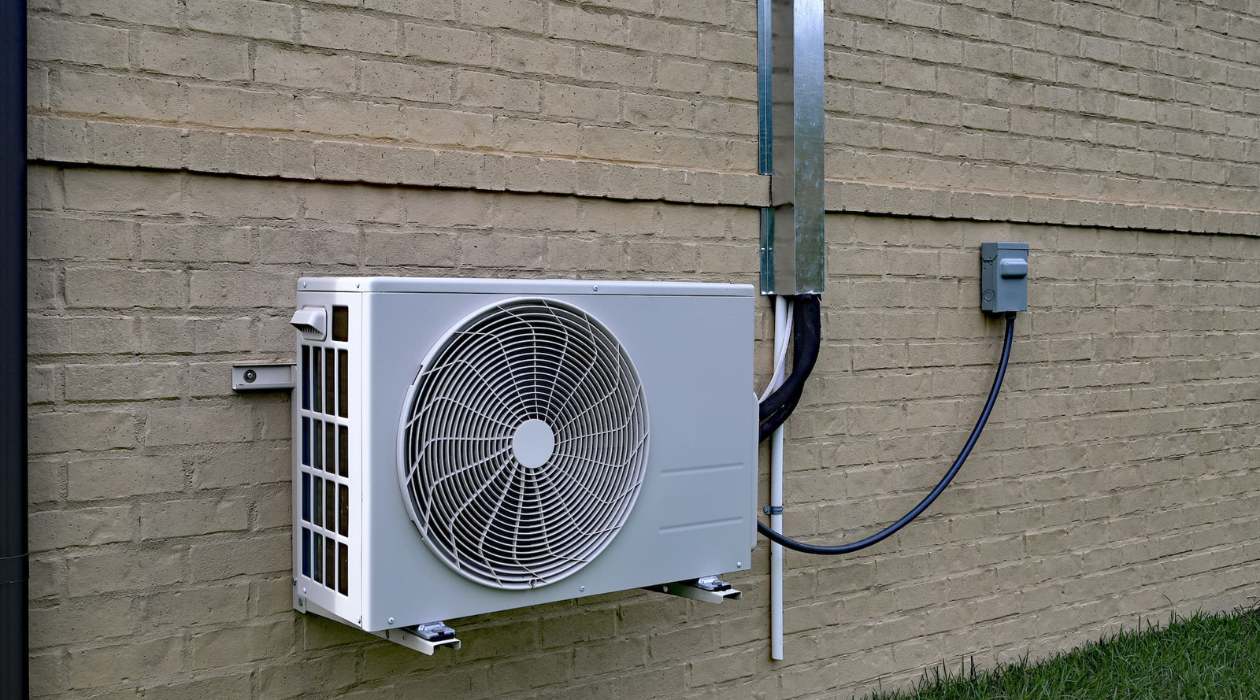
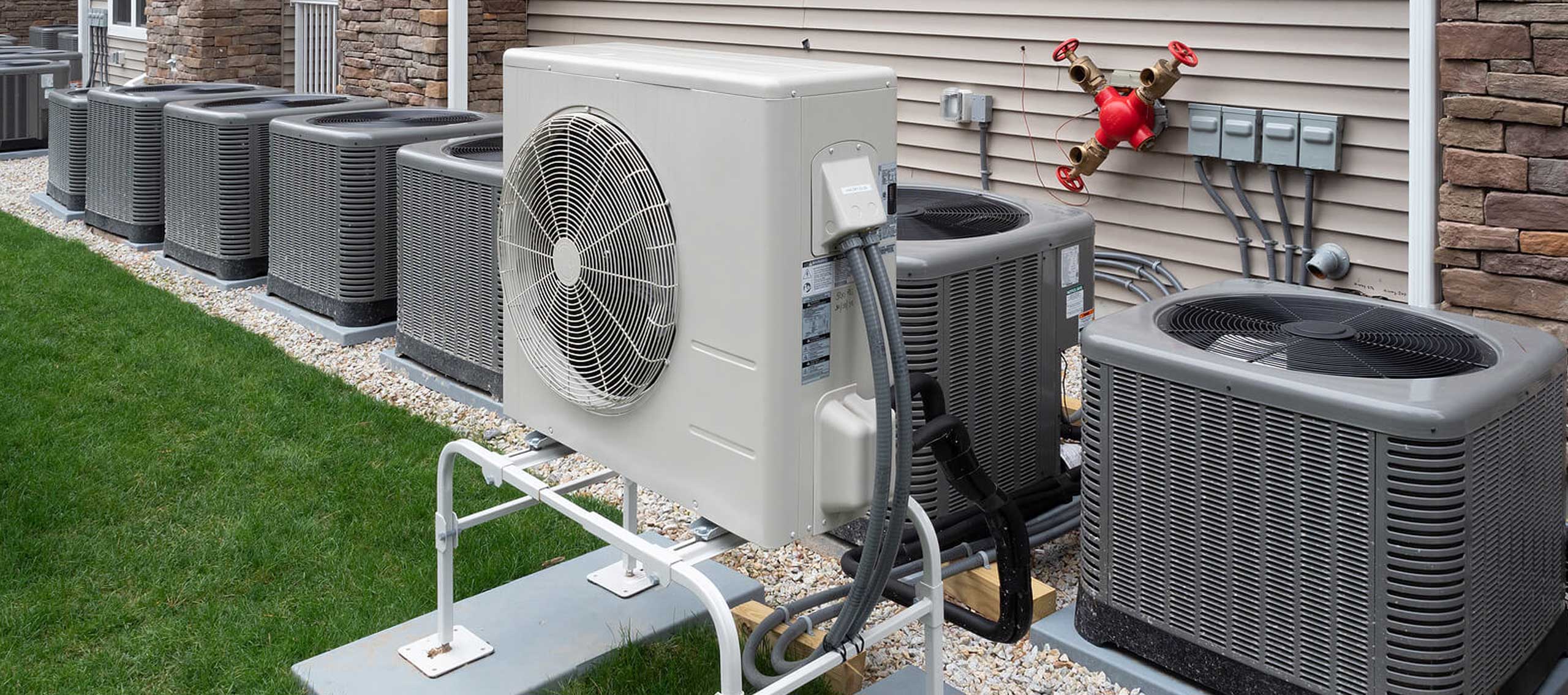

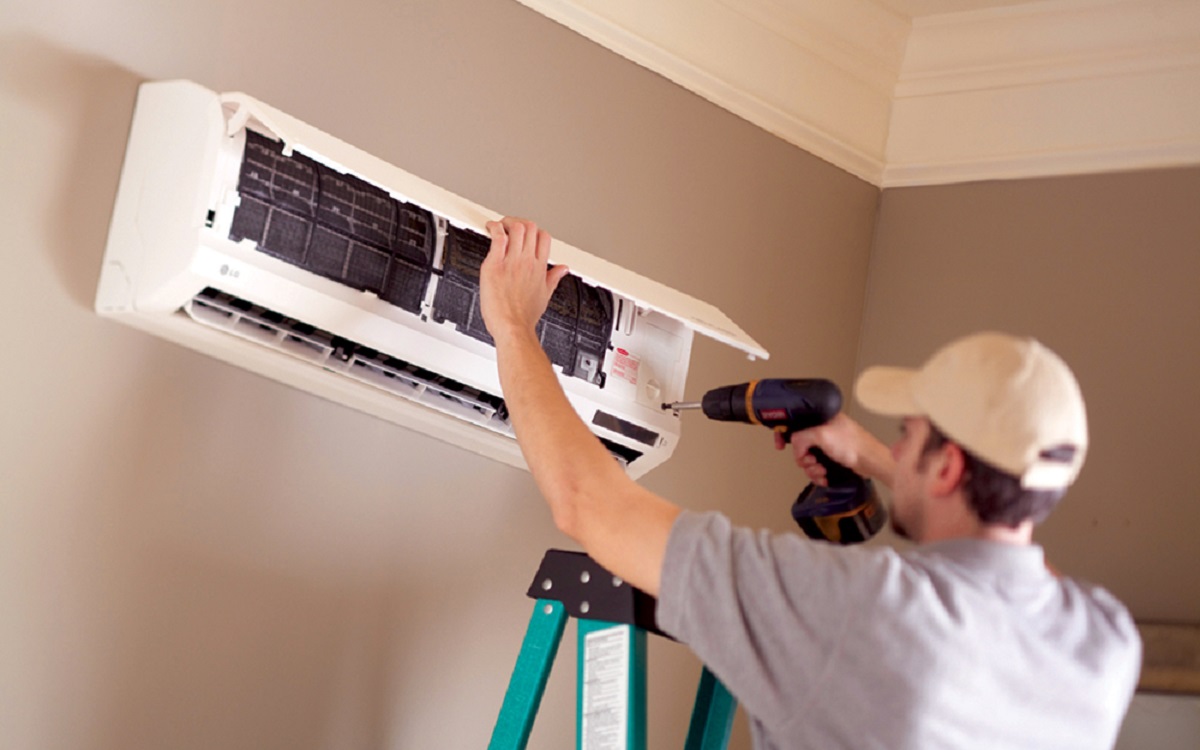
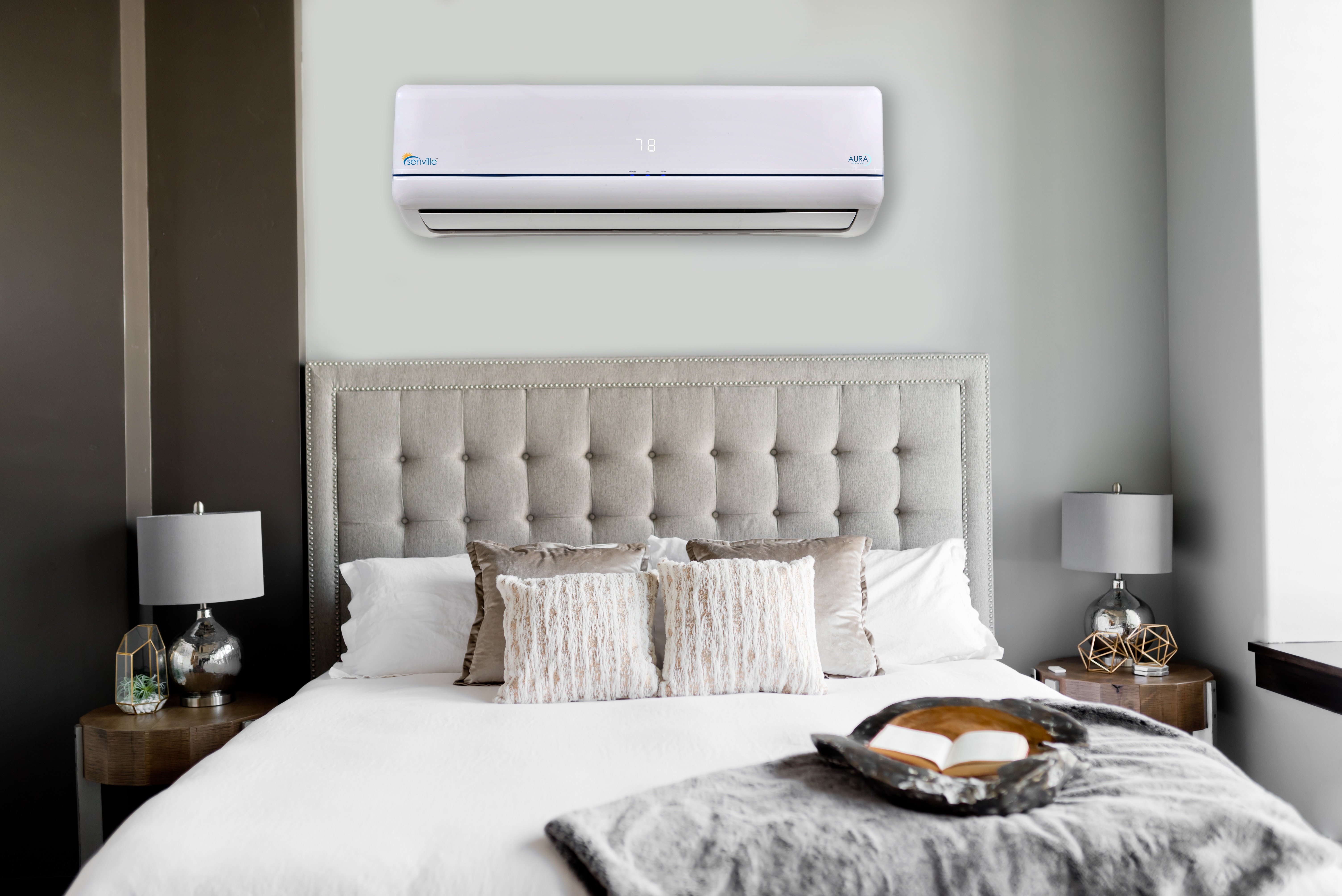


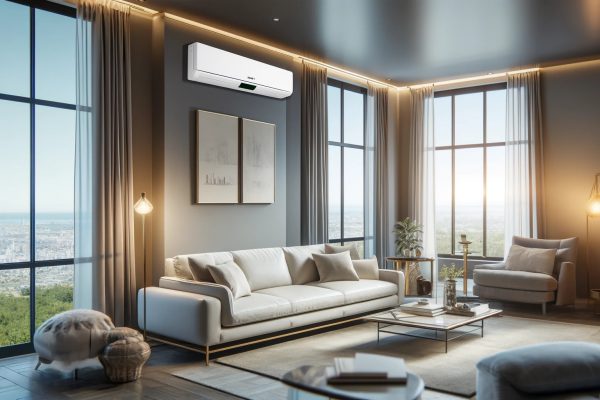

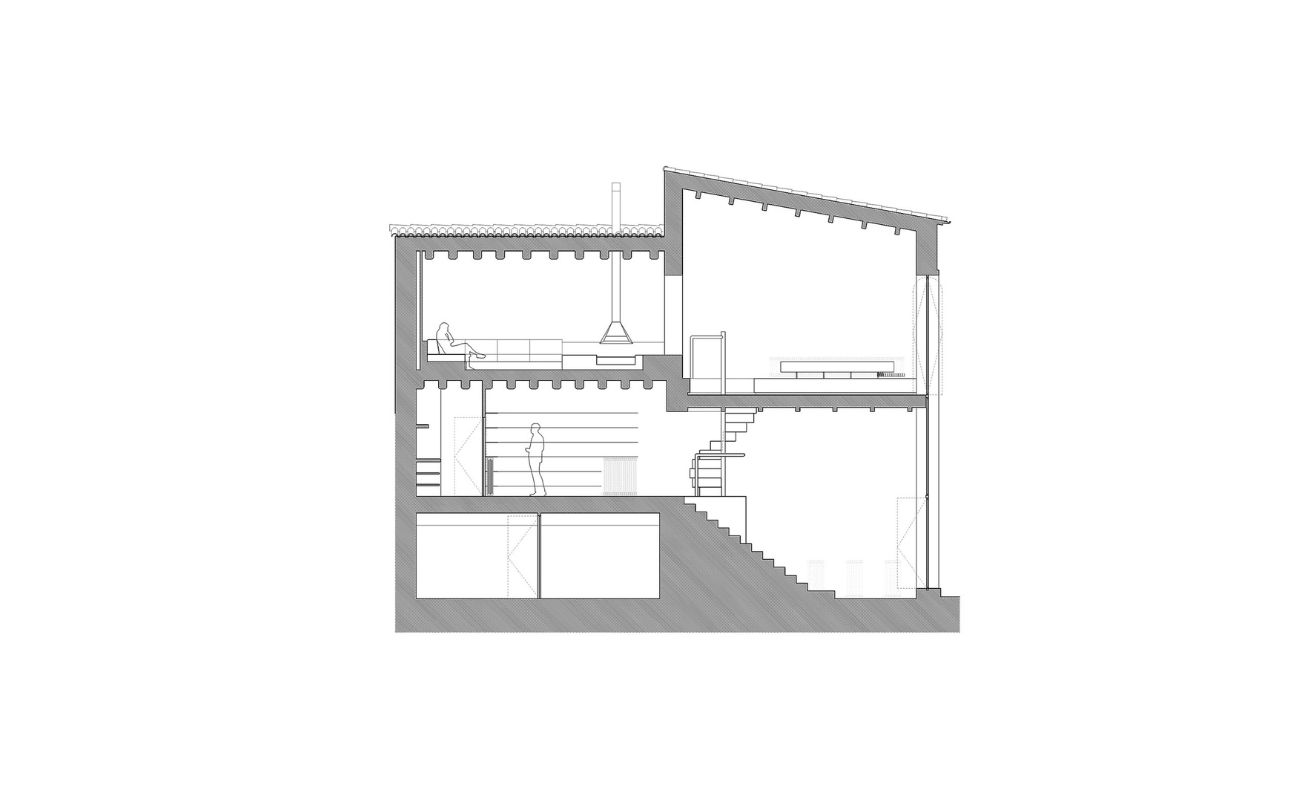

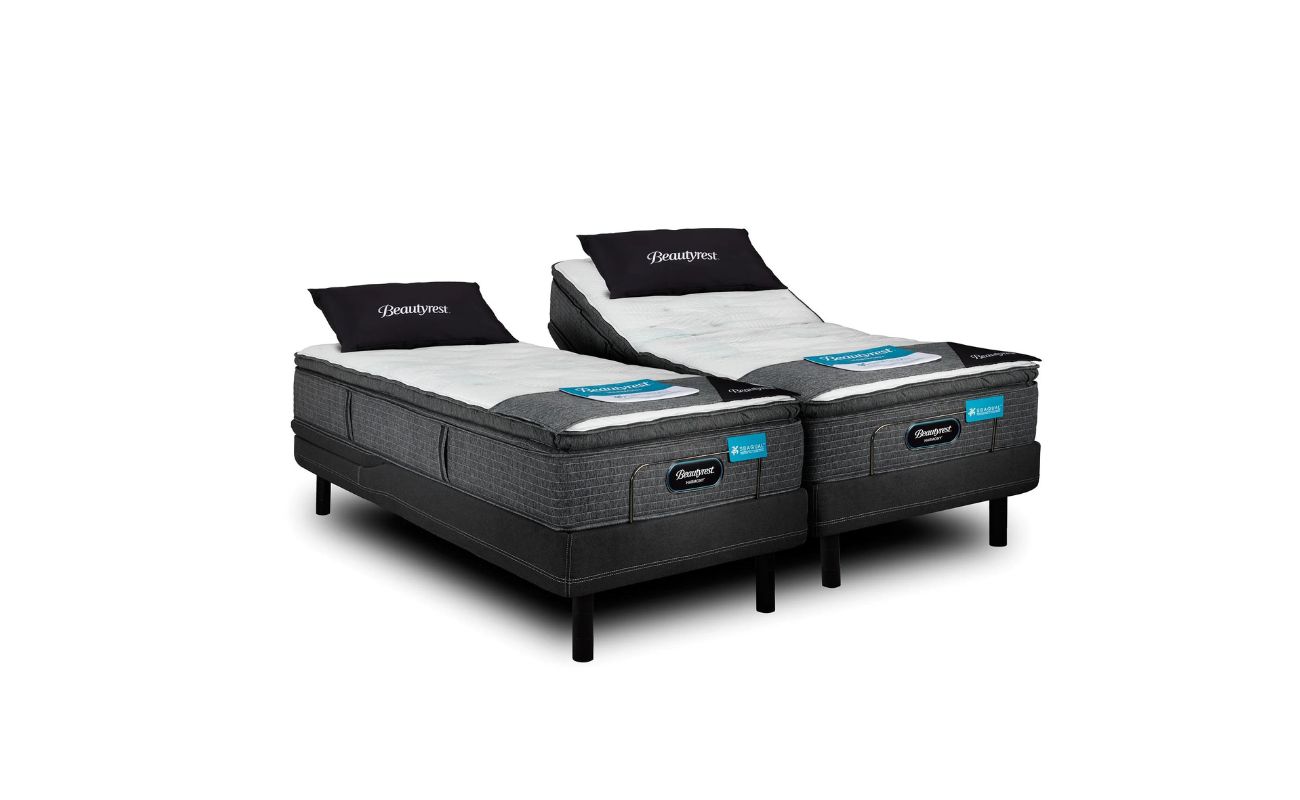

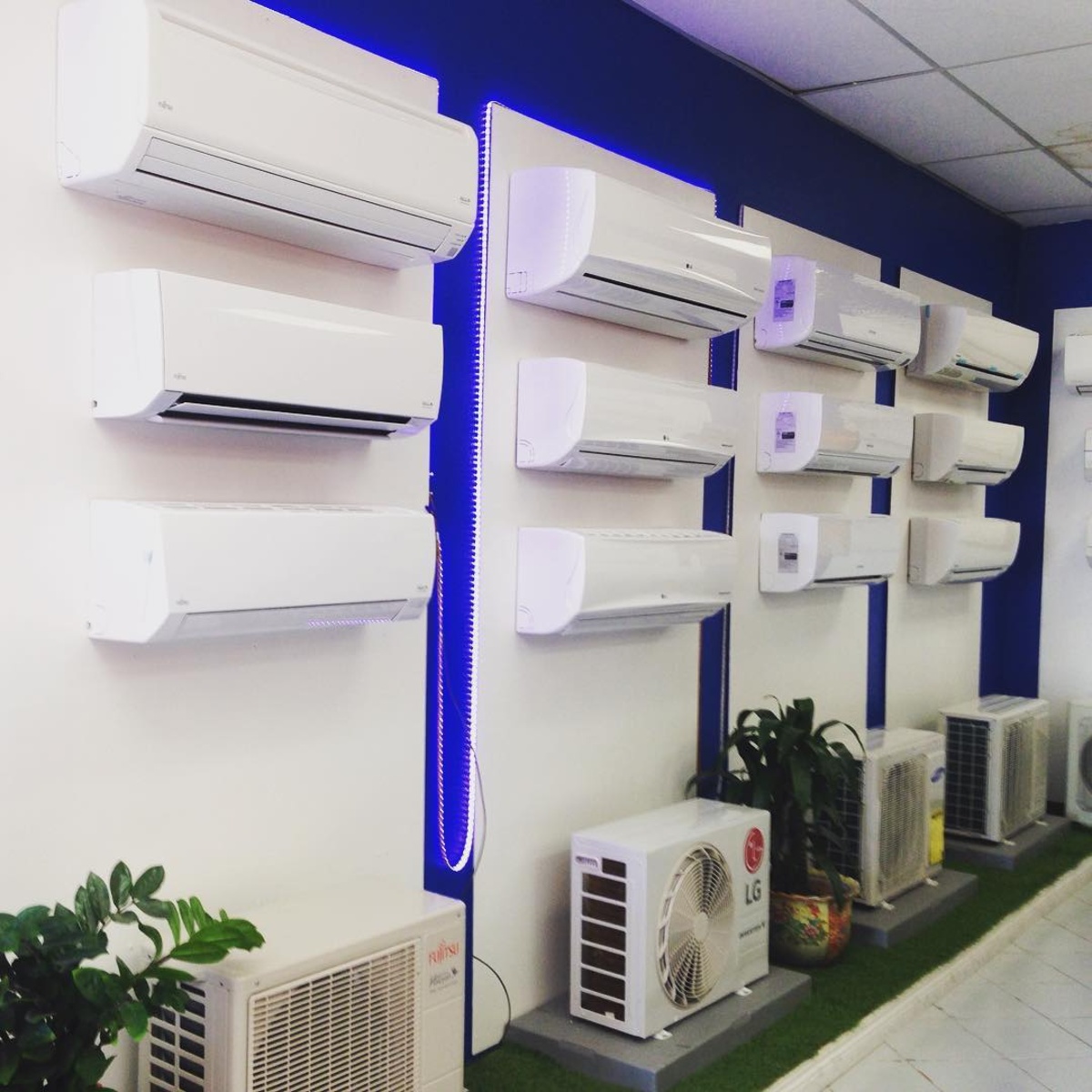

0 thoughts on “What Is Mini Split AC”